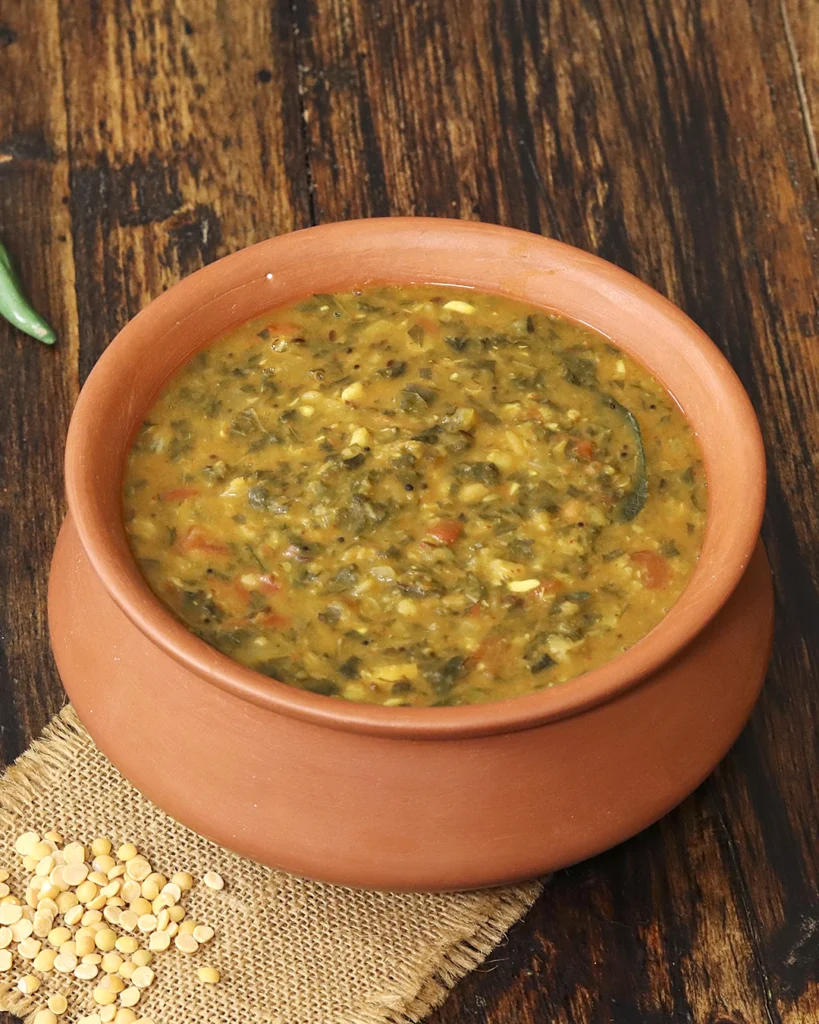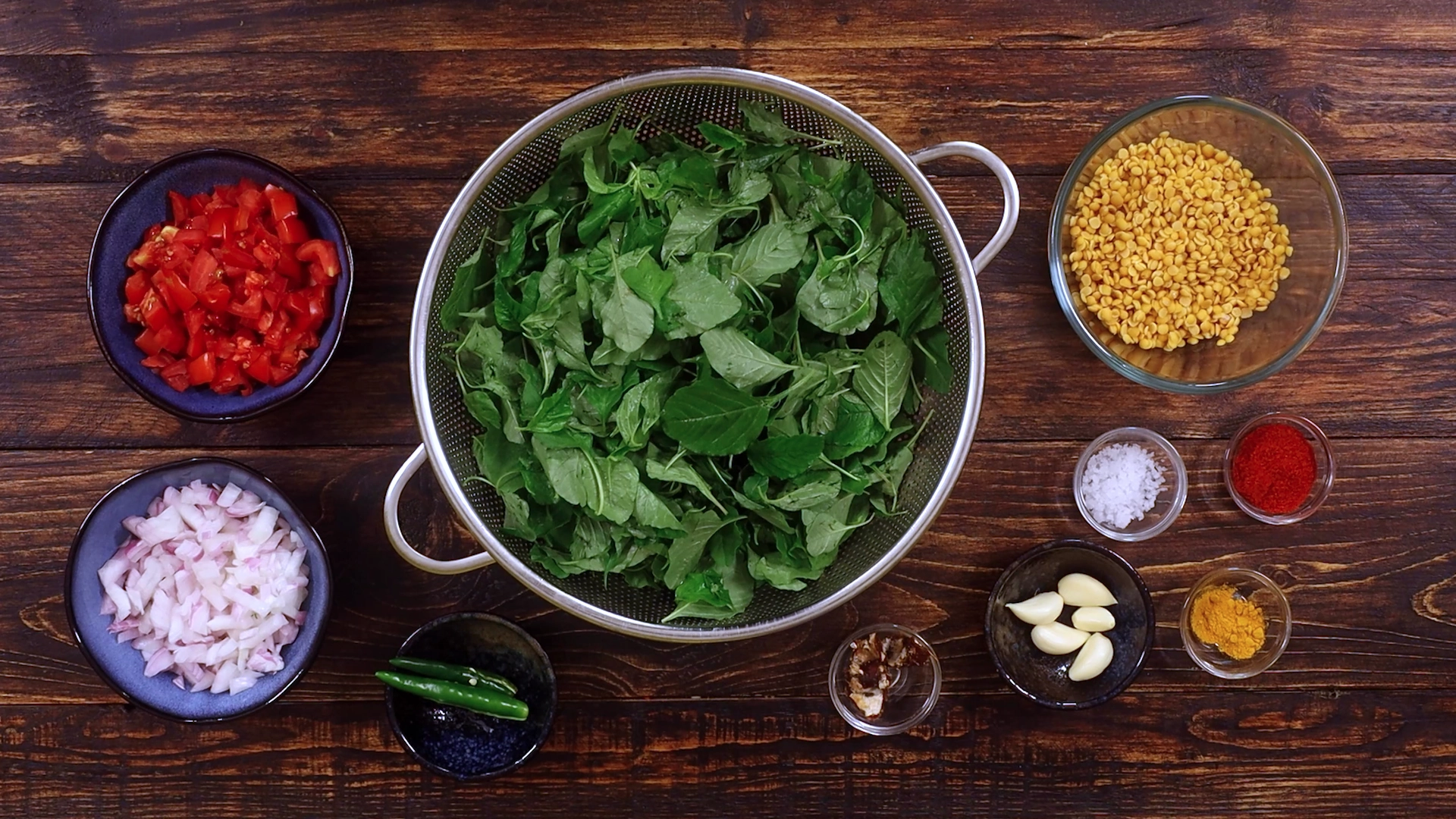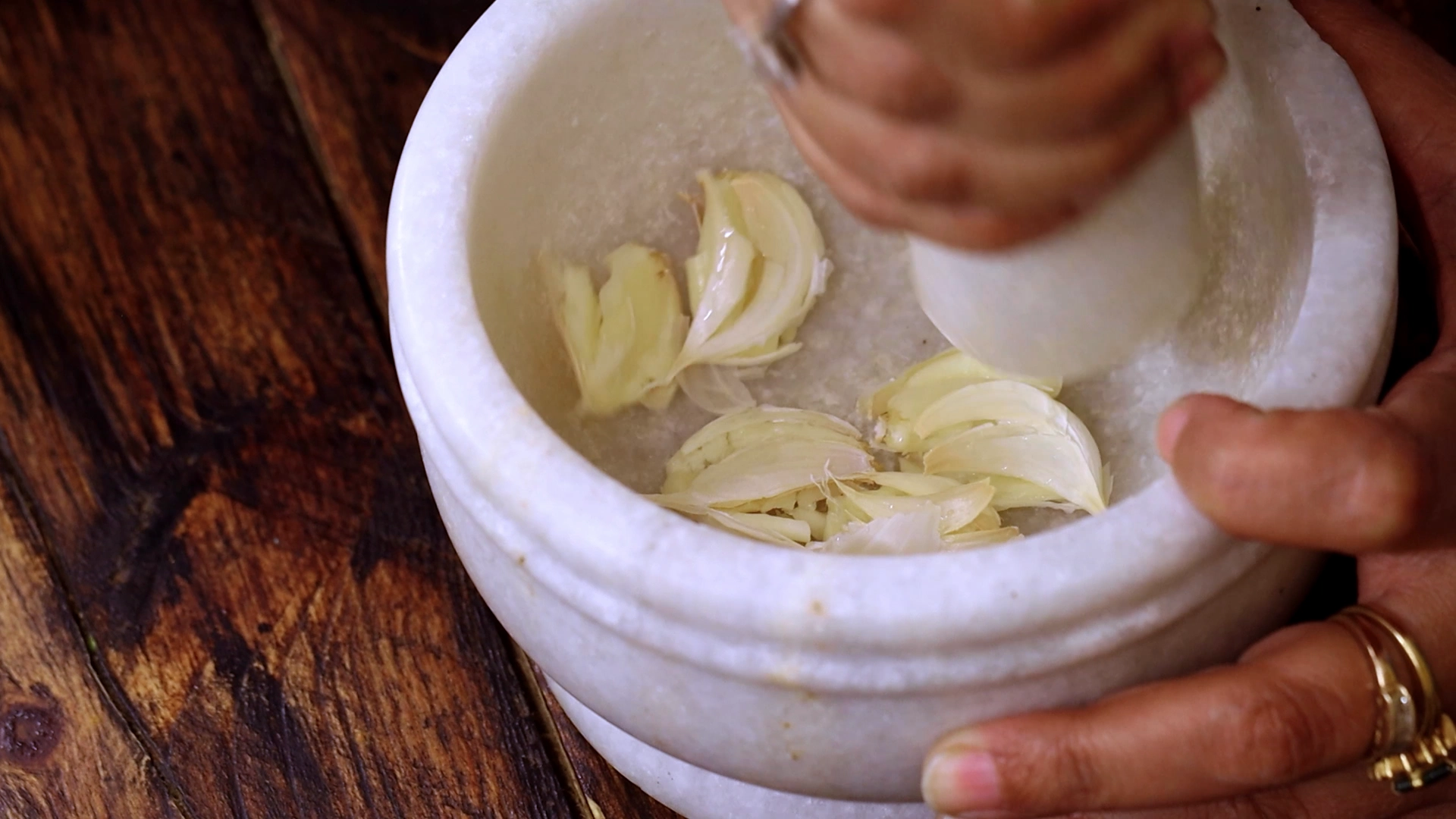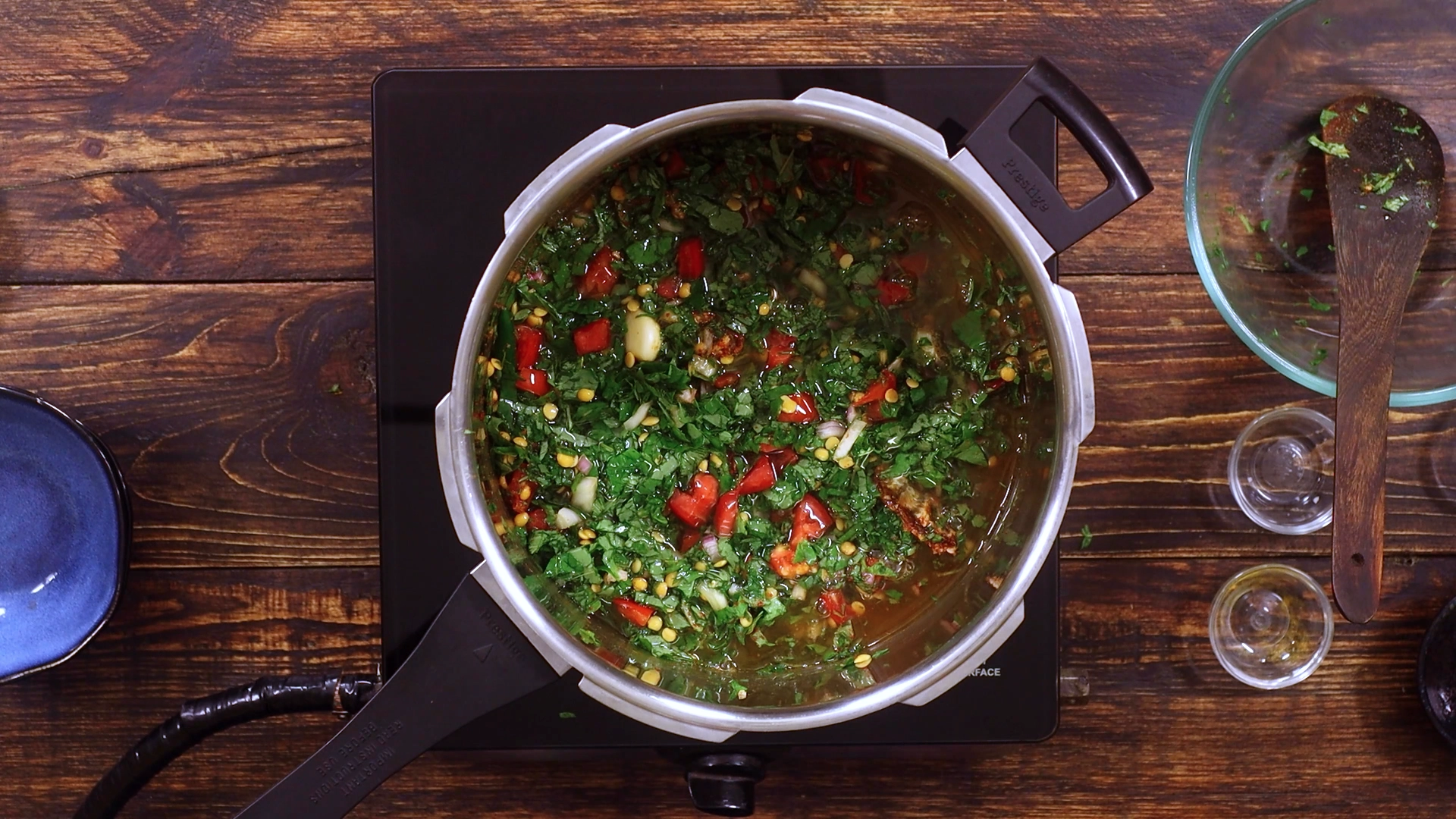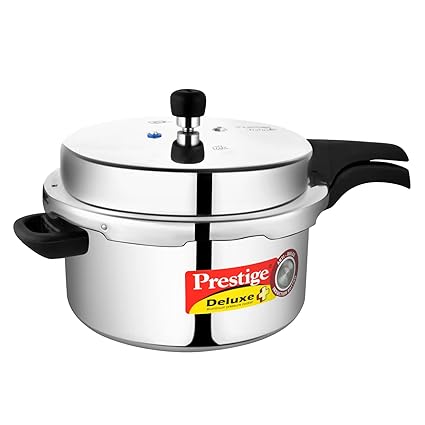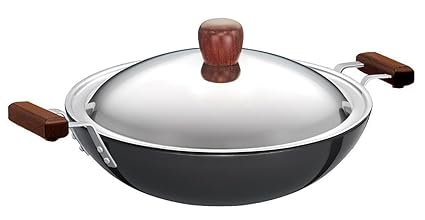Thotakura Pappu, or Amaranth Leaves Dal, is a comforting Andhra-style dish that perfectly balances earthy greens with the rich, tangy flavors of lentils. The dal is slow-cooked with toor dal, tempered with mustard seeds, garlic, and red chilies, and finished with a hint of tamarind for a slight tang. The result is a wholesome, mildly spiced dish that pairs beautifully with hot rice and ghee.
Amaranth Leaves Dal in Andhra Cuisine
In Andhra cuisine, Thotakura Pappu is one of the most beloved dal preparations, enjoyed for its comforting taste and rich nutritional value. Andhra-style pappu (dal) is unique because it combines lentils with vegetables or greens, slow-cooked until creamy and finished with a flavorful tempering. Unlike plain dal, which is mild and simple, Thotakura Pappu gets an earthy depth from fresh amaranth leaves, a slight tang from tamarind, and a robust aroma from garlic and mustard seed tempering.
Traditionally, this dal was cooked in mud pots (kalchina pappu), which enhance the flavor by allowing slow, even cooking while retaining the natural sweetness of the lentils and greens. The process of simmering in clay pots also gives the dish a distinct rustic taste.
This dish is a staple in many Andhra homes, served with steaming hot rice, a dollop of ghee, and a side of avakaya (mango pickle) or vadiyalu (sun-dried fryums). Some variations add a touch of jaggery for a mild sweetness or extra green chilies for more heat, making it versatile to suit different taste preferences.
Health Benefits of Amaranth Leaves
Amaranth leaves are packed with essential nutrients, making Thotakura Pappu not only delicious but also highly nutritious. These vibrant green leaves are a powerhouse of:
- Vitamins – Rich in Vitamin K (supports bone health), Vitamin C (boosts immunity), Vitamin A (good for vision), and Vitamin B6 (supports brain function).
- Minerals – High in iron, magnesium, phosphorous, zinc, and copper, which are essential for overall well-being.
- Folate & Riboflavin – Essential for cell growth, making it particularly beneficial for pregnant women and growing children.
How Each Ingredient Adds Flavor
- Amaranth Leaves (Thotakura) – These vibrant greens add a mild, earthy taste with a hint of bitterness that balances beautifully with the creamy dal. They also give the dish a rich texture, making it hearty and wholesome.
- Toor Dal (Pigeon Pea Lentils) – The base of the dish, toor dal adds a naturally sweet and nutty flavor while giving the pappu its thick, creamy consistency.
- Onion – Provides a mild sweetness and depth to the dal while enhancing its overall aroma.
- Tomato – Adds a subtle tanginess that balances the richness of the lentils and complements the slightly bitter notes of the amaranth leaves.
- Garlic – Infuses the dish with a deep, savory aroma, bringing warmth and a subtle pungency that enhances the tempering.
- Green Chilies – Contribute a fresh, spicy kick that livens up the dal and balances the mild flavors of the lentils and greens.
- Tamarind – Introduces a gentle sourness that lifts the flavors and rounds out the taste, making the dal more balanced and appetizing.
- Turmeric Powder – Brings a mild earthiness and a golden hue while offering health benefits.
- Rock Salt – Enhances the natural flavors of the dal and greens. Using rock salt instead of refined salt adds a slight depth to the taste.
- Chili Powder – Adds an extra layer of heat and depth, complementing the mild bitterness of amaranth leaves.
- Ghee – The richness of ghee adds a velvety finish to the dish, making the dal more aromatic and flavorful. (Pro Tip: For a vegan option, replace ghee with coconut oil for a slightly nutty taste.)
- Urad Dal – Gives a slight crunch, adding texture to the tempering while imparting a nutty undertone.
- Mustard Seeds & Cumin Seeds – Mustard seeds add a sharp, pungent flavor, while cumin seeds bring a warm, earthy depth to the dish.
- Dried Red Chilies – Lend a smoky, mild heat that intensifies the flavor of the tempering.
- Asafoetida (Hing) – A tiny amount of this ingredient adds a strong umami depth and aids digestion.
- Pounded Garlic – When sautéed in ghee, the garlic becomes slightly sweet and aromatic, infusing the dal with a bold, rustic flavor.
- Curry Leaves – Provide a distinct South Indian aroma and a fresh, slightly citrusy taste that enhances the overall dish.
How To Make Thotakura Pappu?
To make Thotakura Pappu, you first need to cook the lentils and greens together. Start by rinsing the toor dal and soaking it for about 15–20 minutes. This helps it cook faster and gives the dal a creamy texture. While the dal is soaking, chop the onions, tomatoes, and green chilies, and prepare the amaranth leaves by removing any tough stems and washing them thoroughly.
Once everything is prepped, take a pressure cooker and add the soaked dal, chopped onions, tomatoes, green chilies, whole garlic cloves, and the cleaned amaranth leaves. Drop in a small piece of tamarind for a hint of tanginess, and then sprinkle in turmeric powder, chili powder, and rock salt. Pour in enough water to cover everything, close the lid, and pressure cook for about 4–5 whistles until the dal and greens turn soft and well-cooked.
When the pressure releases, open the lid and give everything a good mash with a ladle. The dal should be thick and creamy, and the greens should blend in smoothly with the mixture. At this stage, the flavors are mild but well-balanced, and the real magic happens when we add the tempering.
For the tempering, heat some ghee in a small pan. Once it’s hot, toss in urad dal, mustard seeds, and cumin seeds. Let them splutter and release their aroma. Next, add dried red chilies, a pinch of asafoetida, and crushed garlic cloves. The moment the garlic starts turning golden and fragrant, throw in a handful of fresh curry leaves. The sizzling sound and the burst of aroma are when you know the tempering is just perfect.
Now, quickly pour this tempering over the mashed dal and stir everything together. Let it simmer for a few more minutes so that the flavors deepen and blend well. At this point, the dal turns aromatic, rich, and incredibly flavorful.
💡 Pro Tip: If you prefer a slightly thinner consistency, add a little warm water while simmering and adjust the salt accordingly.
Once done, serve Thotakura Pappu hot with steamed rice and a generous drizzle of ghee. Pair it with a simple vegetable stir-fry or crispy papad for a comforting Andhra-style meal.
How to Serve Thotakura Pappu
Thotakura Pappu is best served hot, straight from the pot, with a generous drizzle of ghee on top. The creamy dal, combined with the slightly earthy taste of amaranth leaves, becomes even more flavorful when mixed with freshly steamed rice.
What Pairs Well with Thotakura Pappu?
- Steamed Rice & Ghee: The classic way to enjoy this dish is with plain rice and a spoonful of ghee, which enhances the flavors and adds richness.
- Andhra-Style Pickles: Spicy mango pickle (Avakaya) or lemon pickle adds a tangy contrast to the mild, comforting dal.
- Crispy Fryums or Papad: A crunchy side like appalam or sandige makes a great textural contrast to the soft dal.
- Dry Vegetable Stir-Fry: A simple stir-fry like potato fry (Bangala Dumpa Vepudu), brinjal fry (Vankaya Vepudu), or raw banana fry (Aratikaya Vepudu) complements the dal beautifully.
- Curd or Buttermilk: A glass of spiced buttermilk or a bowl of curd balances the meal and adds a cooling effect.
How to Pack Thotakura Pappu for a Lunch Box
To keep Thotakura Pappu fresh and flavorful for lunch, follow these simple packing tips
- Keep the Dal Slightly Thick: Dal tends to loosen up over time, so make it a bit thicker than usual to prevent it from becoming watery by lunchtime.
- Use a Leak-Proof Container: Since dal has a liquid consistency, always pack it in an airtight, spill-proof container to avoid leaks.
- Pack Rice Separately: Store the steamed rice in a separate container to maintain its texture. Mix the dal with rice only when ready to eat.
- Add a Small Ghee Container: If possible, pack a tiny container of ghee separately. Adding a drizzle of ghee just before eating enhances the flavor.
- Pair with a Side Dish: Include a dry vegetable stir-fry like potato fry or a crispy side like papad for a complete meal. A small portion of pickle adds an extra punch of flavor.
- Include a Cooling Element: A small container of curd or buttermilk balances the meal and makes it more refreshing.
Thotakura Pappu
Description
Thotakura Pappu is a flavorful and nutritious Andhra-style dal made with amaranth leaves and toor dal. Cooked with tomatoes, garlic, and spices, this comforting dish is packed with protein and essential nutrients. A tempering of ghee, mustard seeds, and curry leaves enhances its taste and aroma. Serve it hot with steamed rice and a drizzle of ghee for a wholesome, satisfying meal.
Ingredients
For Thotakura Pappu
For Tempering
Instructions
Prep Work
-
Chop vegetables
Chop onions, tomatoes, and amaranth leaves. Slit the green chilies
-
Soak dal
Rinse and soak toor dal for 20 minutes. -
Crush garlic
Lightly crush garlic cloves for tempering. -
Prepare tamarind
Soak tamarind in warm water and extract pulp.
Method
-
Cook dal and veggies
In a pressure cooker, add soaked dal, onions, tomatoes, amaranth leaves, green chilies, garlic, tamarind, turmeric, salt, and chili powder.Maintain flame on medium Pour water and cook for 4–5 whistles.
-
Mash the dal
Once done, mash the cooked dal mixture well using a ladle and set it aside.check seasoning adjust if needed. -
Heat ghee
Heat ghee in a pan on medium heat. -
Add tempering ingredients
Add urad dal, mustard seeds, and cumin seeds. Let them splutter. -
Add red chilies and garlic
Add dried red chilies, crushed pound garlic, curry leaves, and hing. Sauté until fragrant. -
Combine with dal
Pour the tempering over the cooked dal and mix well. Simmer for 5 minutes. -
Serve
Serve hot with steamed rice and a drizzle of ghee.
Nutrition Facts
Servings 4
- Amount Per Serving
- Calories 210kcal
- % Daily Value *
- Total Fat 6g10%
- Saturated Fat 3g15%
- Cholesterol 12mg4%
- Sodium 420mg18%
- Potassium 480mg14%
- Total Carbohydrate 32g11%
- Dietary Fiber 6g24%
- Sugars 5g
- Vitamin A 3200 IU
- Vitamin C 22 mg
- Calcium 90 mg
- Iron 3 mg
* Percent Daily Values are based on a 2,000 calorie diet. Your daily value may be higher or lower depending on your calorie needs.

